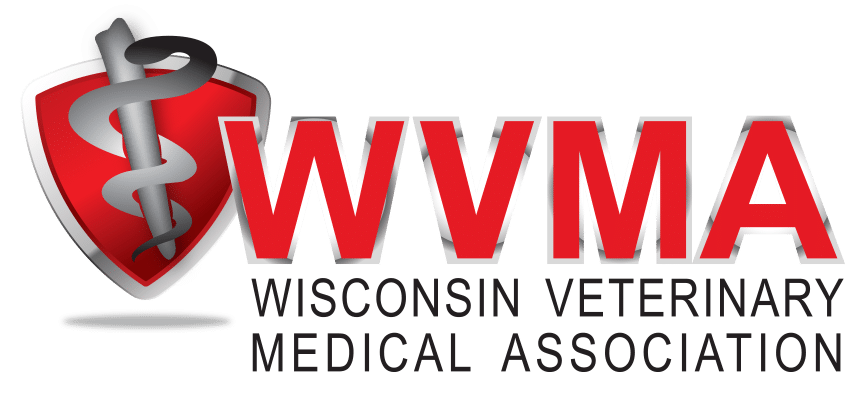By Dr. Gretchen May, Veterinary Program Manager, Wisconsin Department of Agriculture, Trade and Consumer Protection
In April 2019, the U.S. Department of Agriculture (USDA) announced a transition to 840 radio frequency identification (RFID) tags for official identification for cattle and bison. In October 2019, that transition was put on hold. Although the plan to transition is on hold, USDA and the Wisconsin Department of Agriculture, Trade and Consumer Protection (DATCP) still encourage the use of RFID tags as official ID. RFID tags result in better protection of the longterm health, marketability and economic viability of livestock. They also allow for better disease control management through faster information sharing.
In January 2020, USDA announced the availability of free RFID tags. There is currently a limited supply of these tags, and they are anticipated to be available for a limited time. In Wisconsin these tags will be available directly to producers as well as to veterinarians for use in their clients’ animals. These tags are intended for use in replacement cattle and bison only.
Important points to remember:
• The free RFID tags can be ordered by veterinarians or by producers directly by going to DATCP’s veterinary supply catalog at https://datcpservices.wisconsin.gov/vetcatalog/index.jsp.
• Tags can be ordered in multiples of 20. There is a 1,000 tag limit per order.
• Veterinarians and producers will need their premises identification number (PIN) to order tags. If you do not have a PIN or are not sure, contact the Wisconsin Livestock Identification Consortium at 888-808-1910 or https://www.wiid.org under Premises Registration/Renewal.
• For veterinarians, these tags are for you to use in your clients’ animals only. If you are redistributing the tags by leaving them at the farm or reselling them, you need to become an Animal Identification Number (AIN) Device Manager. More information is on USDA’s website at
https://www.aphis.usda.gov/aphis/ourfocus/animalhealth/traceability. Click on the image titled “How to Become an AIN Device Manager.”
• As with the metal National Uniform Eartagging System (NUES) tags, veterinarians are required to keep a record of where they place tags to include the date, the farm name, address, and PIN at which the tags were used, and the tag number. For the free RFID tags, veterinarians will also be required to submit those records to DATCP. Records can be sent to paul.johann@wisconsin.gov or by mail to DATCP-DAH, P.O. Box 8911, Madison, WI 53708-8911.
• For producers, white button tags will be available. For veterinarians, the white button tags will be available as well as orange button tags that can be used for identification when vaccinating against brucellosis. Submitted brucellosis vaccination reports can serve as a record of tag application if it is clearly indicated with the reports that they also serve as a tag application record. Orange tags are not required for brucellosis vaccination as long as the animal is officially identified when vaccinating, however they can only be used for this purpose.
• Taggers are the responsibility of the person ordering the tags and can be ordered directly from the manufacturers or their distributors. RFID tag orders may be filled with tags from several different vendors and it will be possible that more than one tagger will be needed to use the tags.
• At this time there is no timeline to transition to RFID tags officially. Although the use of RFID is encouraged, the metal official ID tags are still acceptable.
DATCP also still has some low frequency readers available for veterinarians. To improve accuracy and efficiency in reading official identification, DATCP recommends when using RFID tags that you also utilize the technology these tags offer. DATCP also encourages you to use RFID readers to read the tags, and to use electronic certificates of veterinary inspection (eCVIs) into which the data collected by the
readers can be digitally incorporated. Systems are also available to incorporate the data collected by readers for brucellosis vaccination and TB testing into those regulatory documents.
For more information about the hold on the transition to electronic official ID, visit https://www.aphis.usda.gov/publications/animal_health/traceability.pdf.
For more information on low frequency RFID readers for veterinarians, see https://datcp.wi.gov/Pages/Programs_Services/OfficialID.aspx.
